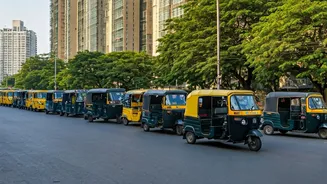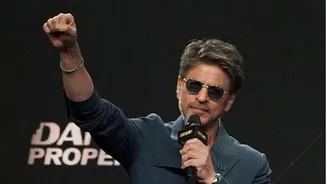Strike Action Overview
Mumbai's auto and taxi drivers are poised to participate in a strike, potentially causing significant disruption to the city's public transport network.
This action is rooted in a collective response to various concerns raised by the drivers regarding their operational conditions and financial prospects. The core of their discontent centers on a range of issues, from the regulation of fares to broader matters concerning the terms of their work. The planned strike signals a concerted effort to bring these grievances into the spotlight, aiming to prompt a reaction from the pertinent authorities. The severity of the disruption, and the eventual impact on daily commutes for a large segment of Mumbai’s population will hinge on the level of participation and the duration of the strike.
Key Drivers' Concerns
The primary grievances fueling the planned strike encompass several significant issues. At the forefront is the demand for a review of existing fare structures, given rising operational costs. Auto and taxi drivers are feeling the pinch of escalating expenses, which are increasingly difficult to accommodate within the current fare framework. In addition to fare-related concerns, the drivers are also focused on broader issues such as vehicle-related regulations, licensing procedures, and perceived unfair treatment. They are seeking more equitable conditions, and also clearer guidelines regarding penalties and other operational aspects. These drivers are looking to amplify their collective voice to advocate for these important changes that will affect them.
Impact on Commuters
The immediate impact of a city-wide auto and taxi strike will be considerable and widespread. Commuters in Mumbai can anticipate significant challenges in securing alternative transport methods. The expected disruption will affect countless individuals across the city, including those who depend on auto-rickshaws and taxis to travel to work, attend school, or meet daily obligations. As the availability of these key services is diminished, commuters will likely face increased difficulties in getting around. Consequently, travel times are expected to extend, and there will be more competition for alternative transport options. In the midst of the strike, it is possible that there will be a surge in demand for other modes of transport, such as buses or ride-sharing services.
Looking Ahead: Solutions?
The prospect of finding solutions to resolve the drivers' issues involves multiple layers of dialogue and negotiation. For a resolution, effective communication between the drivers, regulatory bodies, and potentially city officials is essential. Deliberations need to address the key points that are causing the strike. This may include a comprehensive review of fare structures to ensure they are keeping pace with operating costs, and possibly a re-evaluation of regulatory frameworks. The ultimate goal should be to reach a settlement that brings about a resolution, while also ensuring the long-term sustainability of auto and taxi services in Mumbai. The key will be an agreement that acknowledges the needs of drivers and also benefits the commuting public.

















